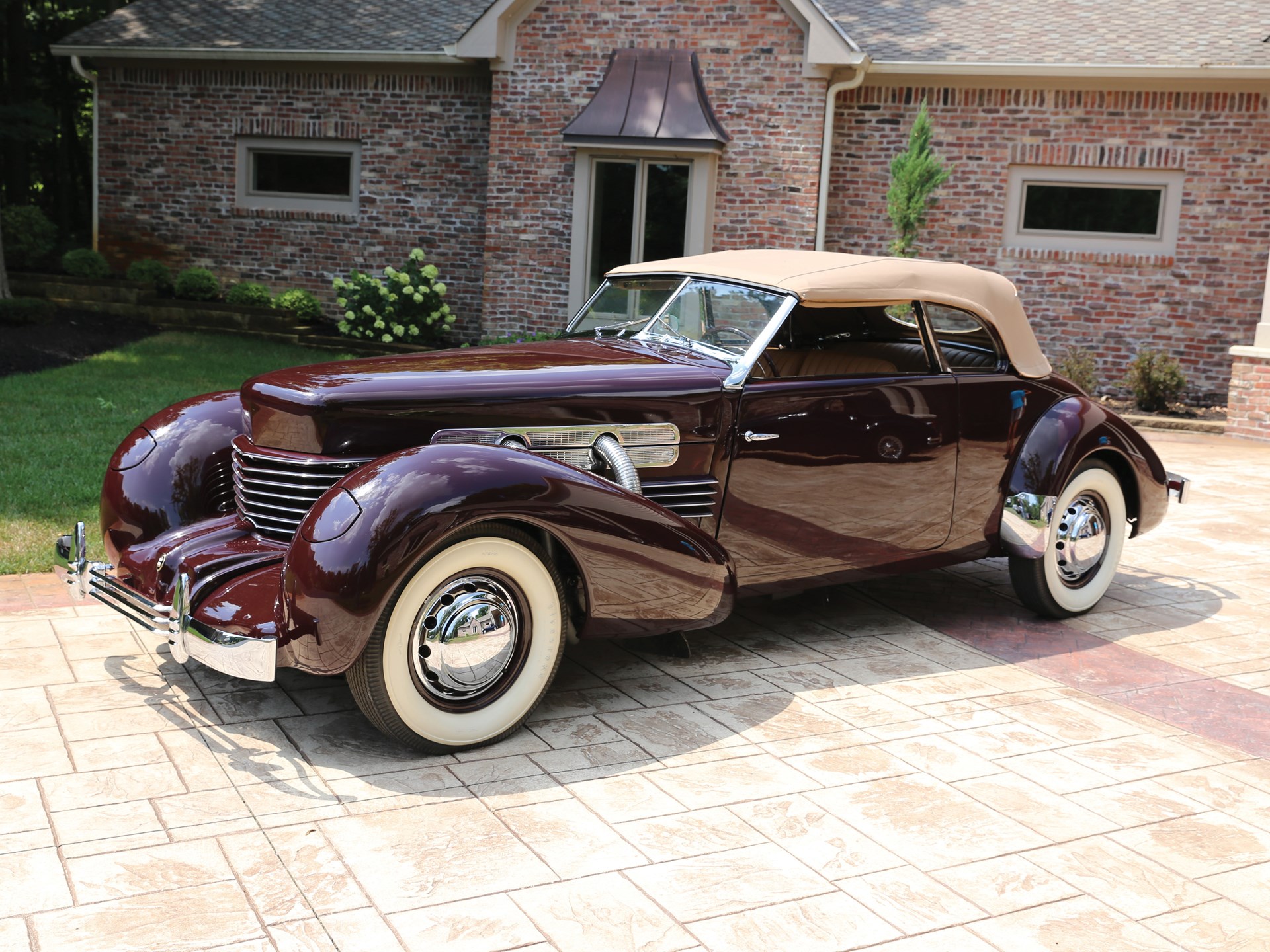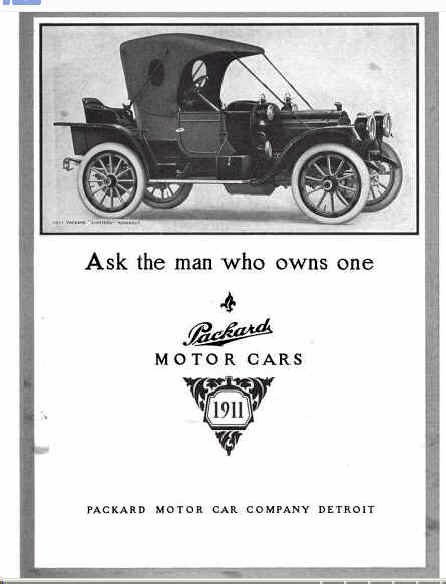I had two dreams that I wanted to share, but the diminution of mental acuity that results from age has forced one of them into the ether. Oddly, it’s the dream I had two days ago that I still remember, sort of.
In this dream I was eating alone in a restaurant. After I finished my meal I got up to gather my things to leave. I placed my wallet on the table, although I was still standing by the table, in order to arrange my personal items. I noticed two young men, one in front of me and one behind me, although neither was right next to me. When I put the wallet down I noticed the one in front nodding, which I assumed was a signal to the one behind to take my wallet.
I then kicked the young man in front of me very hard in the…in the..testicles. The fact that I wear steel-toed shoes figured in my decision-making process. The “kickee” crumbled to the floor in pain and I yelled, “Still think you’re funny?!”
Yes, that dream was an exercise in wish fulfillment. The young men reminded of some I knew in college who came from economic strata above mine and who thought they had no constraints on their behavior.
I won’t write the famous Shakespeare line from The Merchant Of Venice again, but virtually all of us have suffered slights that remain embedded in our brains, slights that we would like to revenge. I don’t condone unprovoked violence, but I think I understand–sometimes–why it happens.
******************
Friend and former neighbor MB sent me this story titled, “The Great Reset Didn’t Work: The Case Of EVs.” From the piece:
“‘A confluence of factors had led many auto executives to see the potential for a dramatic societal shift to electric cars,’ writes the Wall Street Journal, including ‘government regulations, corporate climate goals, the rise of Chinese EV makers, and Tesla’s stock valuation, which, at roughly $600 billion, still towers over the legacy car companies. But the push overlooked an important constituency: the consumer.’
Indeed, the American economy, much to the chagrin of many [my note: great observation], still primarily relies on consumers to make choices in their best interest. When that doesn’t happen, no amount of subsidies can make up the difference.”
Unless governments, either by mandate or by subsidies/taxes, have forced consumers to buy electric vehicles, then the vast majority of automobile consumers don’t want to buy them. Again, in 2023–you know, the year that just ended–battery-electric vehicles accounted for just 3.6% of Ford sales and only 2.9% of General Motors sales, despite the existence of tax credits.
I don’t agree that “no amount of subsidies can make up the difference” because if EVs were to receive a 100% tax credit while ICE-powered vehicles were to incur a 100% tax penalty, even many Americans would choose to buy EVs. HOWEVER, the fact that it requires massive government intervention to create a large market for EVs speaks volumes.
******************
This Why Evolution Is True (WEIT) post from the 15th is titled, “The myth of the two-state solution.” Instead of publishing parts of it, I strongly recommend that you read it if you are interested.
******************
This two-part series about Packard in Driven To Write (Part One, Part Two) is very much worth reading. The introductory paragraph in Part One is a masterclass in exposition, in my opinion.
Much has already been written in thick tomes about the glorious past and agonising demise of what was once America’s premier luxury carmaker. Given the character of the medium in which DTW resides, our exploration can, of course, only go so far but we will — in two parts — try to do justice to the story. Rarely does a company fail due to one single factor or error and it was no different for Packard. Some blame the introduction of the less expensive One-Twenty and Six while others claim that retaining the ‘senior models’ like the limited production Super Eight and Twelve killed the company. Management errors and bad or simply unlucky timing have also had the finger of blame pointed at them. In all likelihood, they were all not quite correct and not quite wrong at the same time.
A majority of human beings engage in what I call impossible distillations of reality. The real world is very complex, so people reduce, or distill, the world into simpler ideas they can comprehend and can claim.
Packard didn’t fail ONLY because of James Nance or ONLY because of the Ford-Chevrolet production war of the early 1950s or ONLY because of the introduction of the less expensive models during the Great Depression. I used to have a friend who insisted that college football players could be evaluated solely on the basis of their 40-yard dash time and how many bench press reps they did at the combine. He refused to acknowledge the countless examples of when his paradigm failed.
We also cannot change history; we can and do, though, often repeat history because we are either ignorant of it or arrogantly think “this time will be different.” Once again, we also fail to realize that whatever actually happened was NOT THE ONLY thing that could have happened. Life, as I have written time and time again, is a Monte Carlo simulation and only one event has a 100% probability.
Although I don’t think he reads this blog anymore, in honor of 56PackardMan (whose blog has now been inactive for almost four years!) I will show one of his favorites, a 1956 Packard 400.

#VeryWeirdWednesday
#DreamsAsWishFulfillment
#TheMythOfTheTwo-StateSolution
#Packard


















